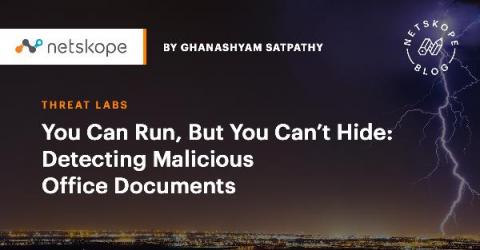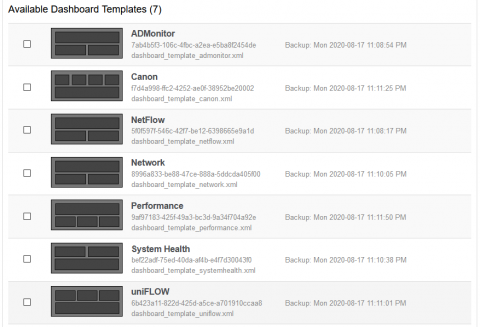Eclipse SW360: Main Features
Over five years ago, Adrian Bridgwater wrote a Forbes article pronouncing that “If Software Is Eating The World, Then Open Source Will Chew It Up (And Swallow).” That statement is just as true today. Open source components have become a basic building block for software developers, providing them with ready-made solutions from a vast community that help them keep up with today’s speedy and frequent release cycles.











